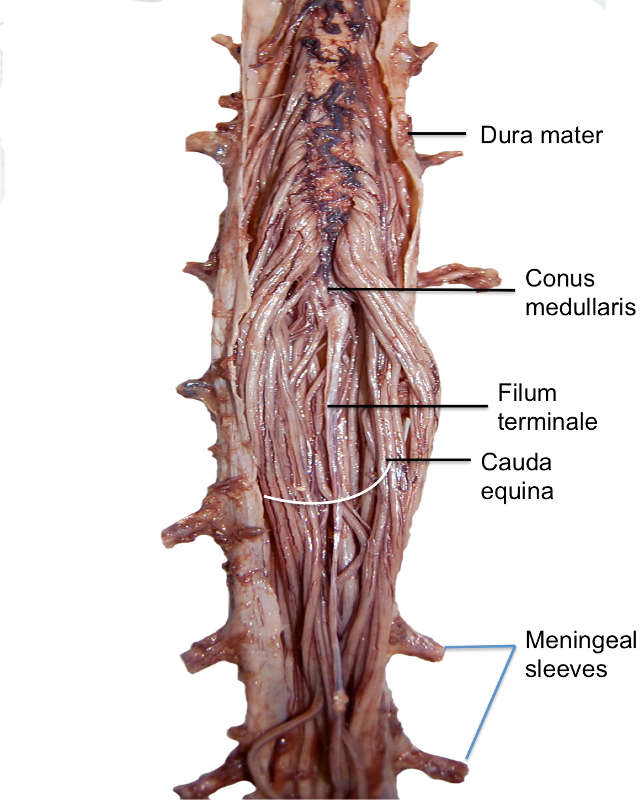The spinal cord provides innervation for the trunk and limbs through the
paired spinal nerves and their peripheral ramifications. Through them it
receives primary afferent fibres from peripheral receptors located in widespread
somatic and visceral structures. It also sends motor axons to skeletal
muscle and provides autonomic innervation of cardiac and smooth muscle
and secretory glands. Many functions are regulated by intraspinal reflex connections.
Profuse ascending and descending pathways link the spinal cord with
the brain. They allow higher centres to monitor and perceive external and
internal stimuli and modulate and control spinal efferent activity.
The spinal cord is essentially a segmental structure. It gives rise to 31 pairs
of segmentally arranged spinal nerves, which are attached to the cord by a
linear series of dorsal and ventral rootlets. Dorsal rootlets contain afferent
nerve fibres, and ventral rootlets contain efferent fibres (see Fig. 1.5). Groups
of adjacent rootlets coalesce to form dorsal or ventral nerve roots. These
cross the subarachnoid space and unite to form functionally mixed spinal
nerves as they pass through the intervertebral foramina. The dorsal roots bear
dorsal root ganglia, which contain the cell bodies of primary afferent
neurones.


